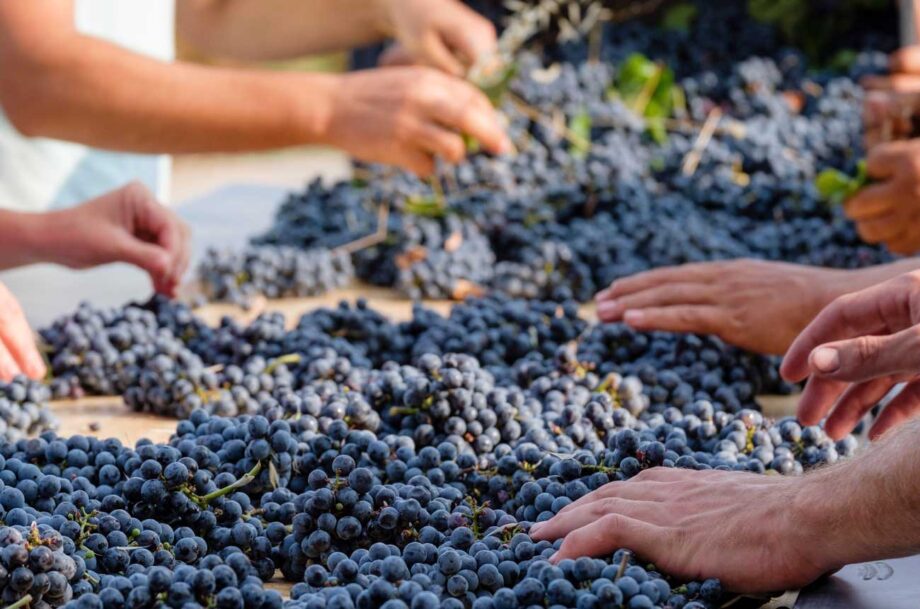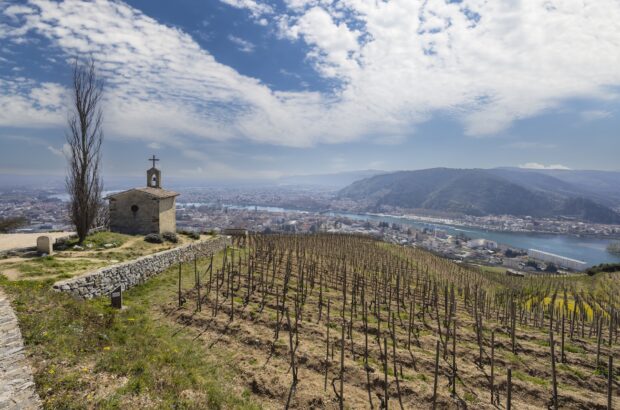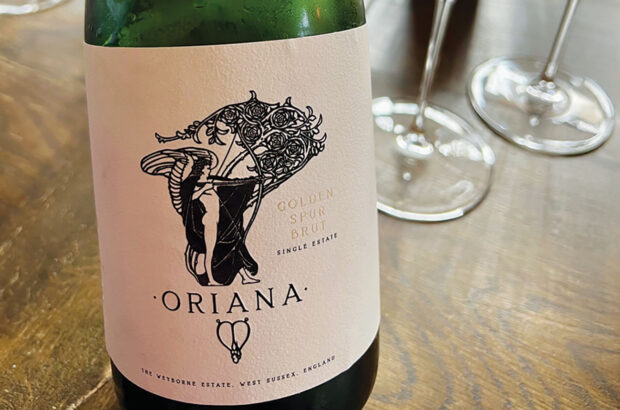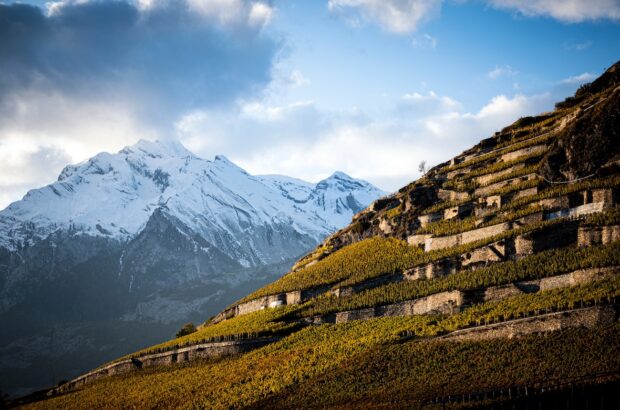The damning line ‘I am not drinking any f***ing Merlot!’ from the 2004 film Sideways has a lot to answer for. Already on something of a down-turn in fortune, Merlot suffered a further reduction in popularity due to the shun. A sort of early noughties ‘cancellation’.
On the other hand, some of the finest Merlot-based wines have an almost cult following and have long-since fetched prices among the highest in the world. So what are the characteristics of this grape of mixed reception?
Its fruity profile – think red plum and cherry, and black fruit in warmer vintages – touch of chocolate and typical soft tannins, lend themselves to easy-drinking wines approachable in youth. It’s also capable of producing wines for long ageing, and performs well in blends.
While you won’t find it in all wine-growing regions, Merlot is very widely planted, earning it something of an international reputation. Its true home, and one of the places it is most-highly regarded, is Bordeaux, where it performs particularly well in the damp and cool clay soils of the right bank. It is used either in a blend with Cabernet Sauvignon, Cabernet Franc, Petit Verdot and/or Malbec, or as a single varietal. Legendary Pomerol estate Petrus, for example, uses 100% Merlot (since 2010).
Another notable region for high-quality examples is Tuscany, where famous names such as Ornellaia and Massetto have put the grape on the map for Italy. Californian and Chilean examples are also well-worth seeking out.
As wine styles differ greatly, so too do food pairing options. You may like to drink a fruit-forward mid-week quaffer with a simple tomato-based pasta dish or grilled chicken while more robust styles will hold up well to steak, pork and earthy mushroom dishes.







